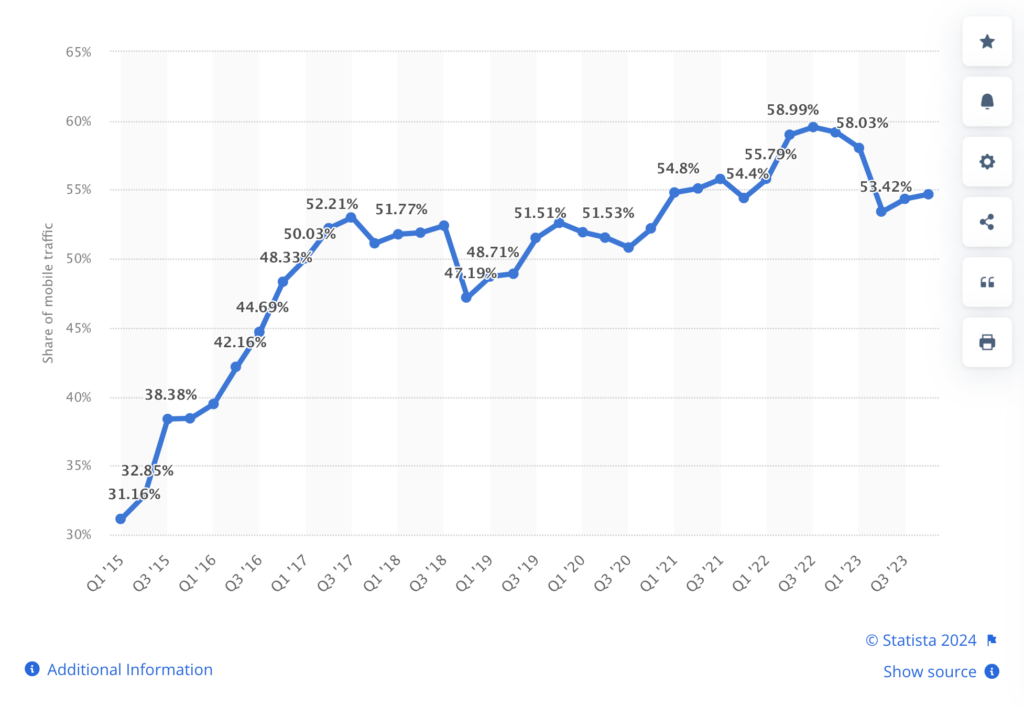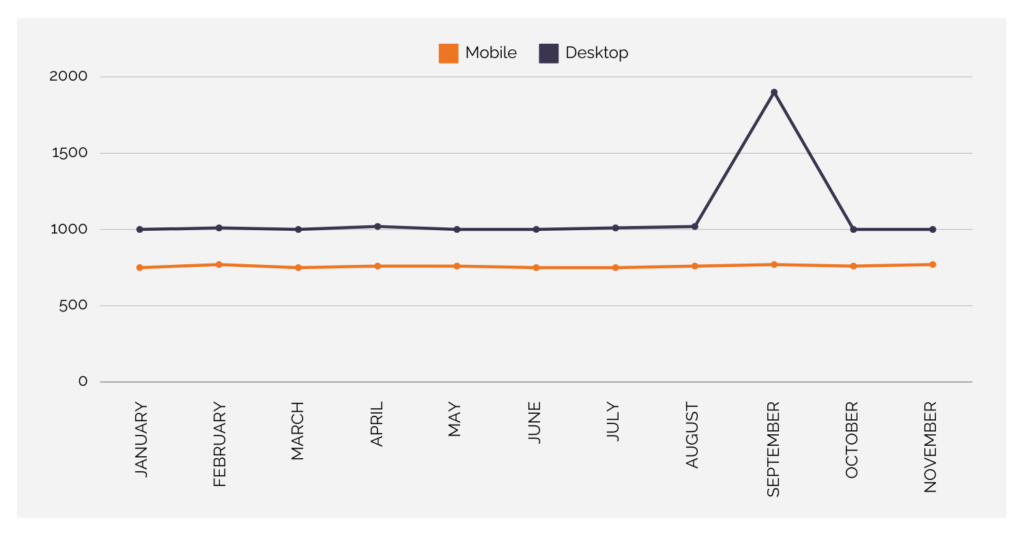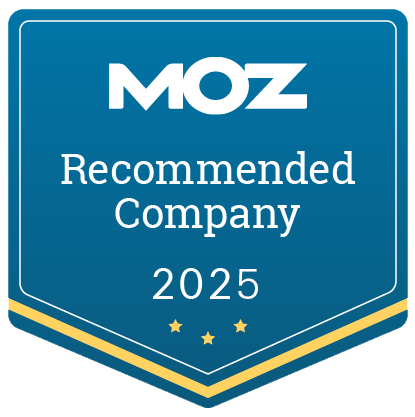Online, businesses face the challenge of reaching consumers through multiple platforms, social media outlets, and other channels. The choice between desktop vs mobile marketing plays a critical role in how a brand connects with its audience. Let’s break down the similarities, differences, and help you decide which approach works best for your business.
What is Desktop Marketing?
Desktop marketing refers to advertising strategies tailored for users who browse on their desktop computers or laptops. Typically, there’s a focus on larger screen sizes and more detailed content and campaigns, such as in-depth blog posts or longer-form content. Desktop advertising often includes banner ads, paid search ads, and display ads across various websites, catering to users who spend a significant portion of their day on their computers.
What is Mobile Marketing?
Mobile marketing, on the flip side, is designed for smartphone and tablet users. With the rise of digital mobile advertising, businesses now cater to an audience that’s constantly on the move, phone always in hand. Mobile marketing strategies include SMS campaigns, app-based ads, and social media promotions. Mobile marketing is all about creating quick, digestible content that resonates with users who are often multi-tasking (we call these little pieces of content “thumb-stopping”).
1 https://datareportal.com/
The Rise of Mobile Marketing
With 98.1% of internet users accessing the web through their phones1, mobile marketing has surged as a vital channel to reach audiences where they’re spending the majority of their online time. People rely more heavily on their mobile devices for quick access to information and entertainment, and marketers are rethinking how to create content and campaigns that cater to these mobile-first users.
Mobile vs. Desktop Traffic Trends
While desktop devices still drive a substantial share of online traffic, specifically in the B2B sector, recent trends indicate that this may be changing. Last year in 2023, desktop traffic accounted for 64.3% of B2B site visits—a slight decrease from 69.1% the year prior, according to a SEMRush Study2. Mobile traffic has seen notable growth, particularly in sectors such as software and manufacturing. For users, it was found that over 63% of consumers are more likely to purchase from a company whose mobile optimizations and content, have relevant recommendations and products to their interests3.
Engagement Patterns on Mobile vs. Desktop
Interestingly, mobile and desktop users exhibit different engagement behaviors, with desktop users typically staying longer on sites and reading more of the content. Per the SEMRush Study, Mobile sessions average between 704 and 775 seconds per visit, significantly shorter than desktop sessions, which last between 996 and 1,918 seconds. This suggests a need for concise, engaging content that grabs attention quickly on mobile, as users tend to skim rather than linger on their phones. Desktop users, with higher engagement times, are more receptive to detailed, in-depth information, making desktop an ideal platform for more in-depth content.
2 https://www.semrush.com/blog/mobile-vs-desktop-usage/
3 https://www.thinkwithgoogle.com/marketing-strategies/app-and-mobile/mobile-web-traffic-statistics/
Similarities Between Desktop and Mobile Marketing
Both desktop and mobile marketing share a common goal: engaging consumers and driving conversions. Whether on desktop or mobile, your digital marketing strategy should prioritize user experience, offer a clear call-to-action, and focus on driving traffic to your website. Agencies like Zero Gravity Marketing offer a range of digital marketing solutions to help you build an effective strategy across all platforms.
Differences Between Desktop and Mobile Marketing
While both forms of marketing share similar goals, they differ significantly in execution. Mobile vs desktop conversion rates vary greatly, with mobile generally having higher traffic but lower conversion rates compared to desktop. This is often due to the difference in browsing behaviors as desktop users tend to spend more time on each page, offering more opportunities for engagement. Meanwhile, mobile users value speed and convenience, making it essential for businesses to have a mobile-friendly website design.
Which is Right for You?
When deciding between mobile and desktop marketing, consider your target audience’s behavior. For businesses with younger, tech-savvy audiences, mobile marketing is likely to yield the best results, but if your business deals with more in-depth content or B2B transactions, desktop marketing may be a better fit.
Still unsure? Let Zero Gravity Marketing handle your digital marketing strategy. Whether you need guidance on SEO, want to optimize your site for mobile-first indexing, improve your site’s user experience, or learn why hiring an SEO agency is key to mobile and desktop marketing, we’re here to help. Contact us today to find out how we can boost your digital presence!
About the Author













